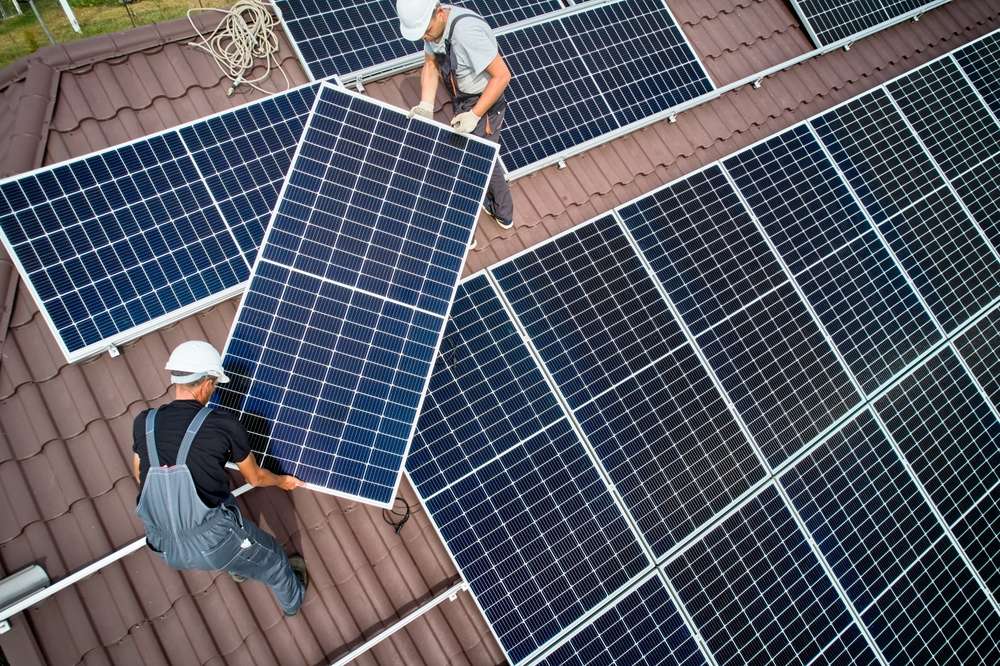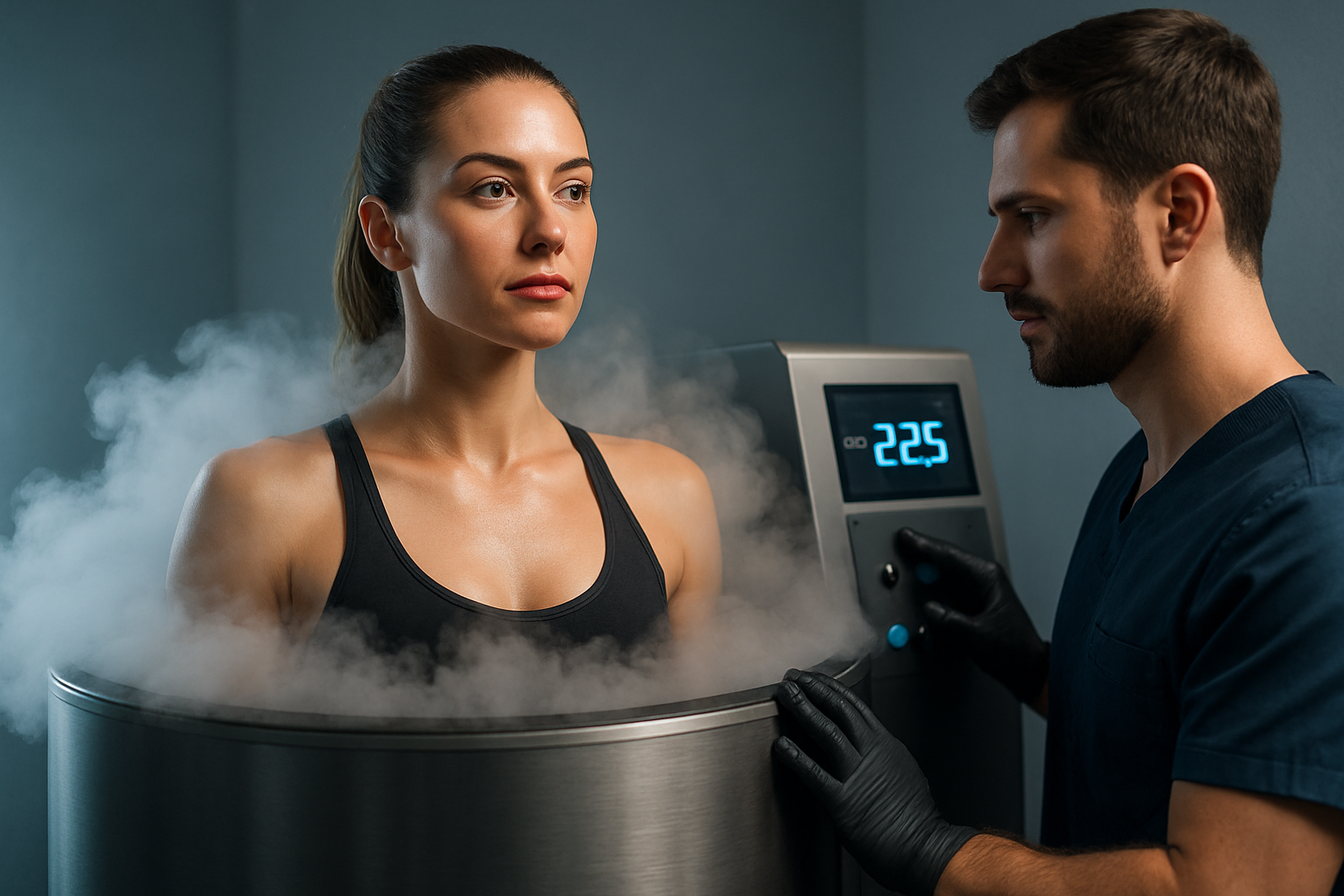2025 New Zealand Heat Pumps: Costs, Rebates, Warmer Kiwi Homes Eligibility, Installation and Savings — A Practical Guide
A substantial portion of New Zealand homes built before 2008 are now eligible for government assistance that makes fitting a heat pump much more affordable in 2025. This guide outlines what you need to know: typical costs and the main cost influences, how the Warmer Kiwi Homes subsidy operates, who qualifies, sensible installation practices, expected running costs, and strategies to maximise savings.

Heat pump types and typical cost ranges in 2025
Heat pumps are available in several configurations, and total expense depends heavily on the system type and installation complexity.
- Air‑source (split) systems: The most common residential choice. For a single indoor + outdoor split system, purchase and installation costs vary widely by model, capacity and site conditions. For many New Zealand homes the all‑up cost generally sits in a lower‑to‑moderate residential bracket.
- Multi‑split and ducted systems: These provide zoned heating and cover larger floor areas, increasing both equipment and installation complexity and cost.
- Ground‑source (geothermal) and complex systems: Systems requiring ground loops, major site work, or full hydronic integration are substantially more expensive and approach commercial‑scale pricing.
- Water‑source and specialised systems: Usually used where there is access to a water heat source or for commercial applications; costs reflect that added complexity.
Key cost drivers: - Size and capacity needed for your home - Number of indoor units and zoning requirements - Requirement for new or upgraded electrical supply - Access and mounting challenges (for example, multi‑storey buildings or solid walls) - Ductwork, site works, or ground loops for geothermal installations - Installer labour rates and local demand
Obtain multiple quotes from experienced installers so you can compare recommended system sizing, warranty terms, and the full scope of work rather than focusing only on the unit price.
What the Warmer Kiwi Homes heat pump subsidy covers and how it works in 2025
Warmer Kiwi Homes offers targeted financial support to make heat pump installation more affordable for eligible homeowners. Key facts:
- The programme subsidises a substantial portion of approved purchase and installation costs for qualifying heat pump installations, up to a maximum subsidy amount determined by the programme.
- After approval and installation through the programme, many households find their out‑of‑pocket expense for a qualifying split system is significantly reduced.
- The subsidy is delivered via EECA‑approved providers and installers who handle the application process for homeowners.
Eligibility and the insulation connection: - Eligibility generally focuses on homes built before 2008 and on households holding a Community Services Card, SuperGold Combo Card, or people living in government‑identified low‑income areas. - A dwelling must meet EECA’s minimum ceiling and underfloor insulation standards to be eligible for the heat pump subsidy. Warmer Kiwi Homes can also provide insulation support to help homes reach those standards. - EECA‑approved providers can assess eligibility and recommend the appropriate mix of insulation and heating support for each home.
Insulation: why it matters and the subsidy linkage
Insulation is both a condition for subsidy eligibility and one of the most effective ways to increase savings from a heat pump.
- Achieving the required ceiling and underfloor insulation standards reduces heat loss, lowering the heat pump capacity needed and cutting running costs.
- The Warmer Kiwi Homes programme also includes a separate subsidy component for insulation upgrades in qualifying homes.
- Prioritising insulation upgrades before or at the same time as heat pump installation enhances comfort, decreases energy use, and typically improves the payback on the heating investment.
Application steps and typical timeline
A straightforward process reduces delays and improves the chance of subsidy approval:
- Verify eligibility: Contact an EECA/Warmer Kiwi Homes approved provider to review your home and household circumstances.
- Obtain quotes: Request at least three quotes from EECA‑approved installers who can manage the subsidy application.
- Apply and schedule: Approved installers submit the subsidy application and, once approved, arrange the installation.
- Installation and inspection: Installers carry out the work and complete any post‑installation checks required by the programme.
Overall turnaround from first quote to completed install is often a few weeks to a couple of months, though scheduling can be longer during peak demand periods.
Installation best practices to maximise performance and savings
Engage a knowledgeable, accredited installer and follow these practical recommendations:
- Proper sizing: Ensure the installer performs a room‑by‑room assessment and sizes units to the home’s heat‑loss profile; oversized or undersized units can reduce comfort and increase costs.
- Combine with insulation upgrades: Complete insulation and draught‑proofing work before or alongside the heat pump to boost effectiveness.
- Site preparation: Clear access and mounting areas, and address any electrical supply issues before the installer arrives.
- Seasonal timing: Booking installation in spring or autumn can shorten lead times.
- Confirm warranty and service terms: Understand recommended routine maintenance and what the warranty covers.
Running costs, maintenance and expected savings
Ongoing costs and savings will vary with usage, climate, and home performance:
- Annual running costs for a well‑sized basic split system depend on household behaviour, insulation levels and local climate, but many households find running costs are much lower than older electric or inefficient heating methods.
- Routine maintenance, like filter cleaning and an annual service by a qualified technician, preserves efficiency and typically involves modest yearly costs.
- Smart controls, correct zoning, and regular maintenance all help reduce energy use and extend equipment life.
Simple habits — regular filter cleaning, prompt repairs, and sensible thermostat settings — help maintain efficiency and savings.
Features and technologies that improve efficiency
When comparing models and options, look for technologies that enhance long‑term efficiency:
- Inverter compressors for variable output and smoother, more efficient operation
- Modern refrigerants and efficient heat‑exchange components
- Smart thermostats and app controls for scheduling and remote management
- Zoned controls and sensors to heat only occupied areas
Ask installers to explain how these features will affect operating costs and comfort in your specific home.
Other funding sources and practical next steps
Beyond Warmer Kiwi Homes, consider: - Local council or electricity retailer programmes that sometimes offer complementary incentives - EECA guidance and tools for improving home energy efficiency - Community or charitable programmes that may help eligible households with retrofit work
Practical next steps: - Confirm your eligibility with an EECA‑approved provider - Get at least three EECA‑approved quotes that outline full scopes of work - Prioritise insulation and draught‑proofing where required - Plan for routine maintenance to protect savings
Deciding which system suits your home
Selecting the right system depends on household needs, building layout, and expected running costs:
- For many households, a correctly sized split system heat pump delivers the best combination of cost and performance.
- Larger, whole‑house ducted systems or geothermal solutions suit larger or specialist properties but require careful assessment of long‑term costs and benefits.
- Always request a heat‑loss assessment and ensure adequate insulation before deciding on a system.
Conclusion
Heat pumps remain a practical way to achieve warmer, healthier, and more energy‑efficient homes in New Zealand in 2025. Understanding system types, how the Warmer Kiwi Homes programme ties subsidies to insulation, and following installation and maintenance best practices helps homeowners make informed choices that boost comfort while managing energy costs.
Sources
- EECA — Energy Efficiency and Conservation Authority (New Zealand): https://www.eeca.govt.nz/
- Archipro — The true cost of buying and installing a heat pump in New Zealand: https://archipro.co.nz/article/heat-pump-installation-costs-new-zealand
Prices, financing options, and availability vary by region, dealer, and current promotions. Always verify current information with local dealers. Offers and incentives are subject to change and may vary by location. Terms and conditions apply.




